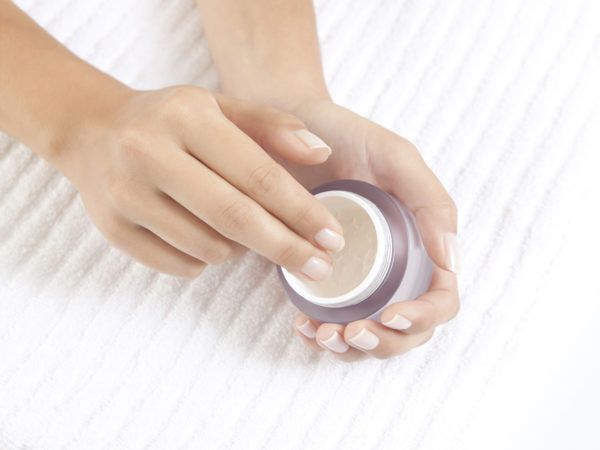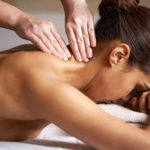Remedy for Carpal Tunnel Syndrome?
I have carpal tunnel syndrome. What do you recommend? I use the computer a lot, but I haven’t come up with a way to avoid it.
Andrew Weil, M.D. | July 13, 2007

Carpal tunnel syndrome (CTS) develops when the median nerve, which runs from the forearm into the hand, becomes pressed or squeezed at the wrist. Symptoms are pain, weakness or numbness in the hand and wrist radiating up the arm and, over time, weakness and atrophy of some of the small hand muscles that control the thumb. For years we believed that carpal tunnel syndrome was a repetitive stress injury stemming from overuse of the hands, wrists and fingers, particularly from spending long hours at the computer keyboard. But a recent study from Harvard casts doubt on this notion and suggests that most people who develop CTS are genetically predisposed to do so, perhaps because of the structure of their hands and wrists.
Researchers led by David Ring, M.D., an assistant professor of orthopaedic surgery, used the Bradford Hill criteria, a widely accepted method of determining the association between a disease and its cause, to evaluate factors contributing to CTS. They found that biological factors including genetics were three times more powerful than repetitive hand use and other occupational factors. The study was presented at the 74th Annual Meeting of the American Academy of Orthopaedic Surgeons.
Dr. Ring noted that the hallmark of CTS is numbness that wakes you at night or is present when you wake in the morning, not wrist pain related to activity.
Another new slant on CTS came from ergonomics researchers at the University of California at San Francisco and McMaster University in Canada, who concluded that the angle of wrist flexion can increase pressure on the median nerve and established limits on how much the wrist can be flexed in each direction before nerve damage sets in. The study was published in the February 2007 issue of Human Factors: the Journal of the Human Factors and Ergonomics Society.
The conventional treatment for CTS is to rest the affected hand, nonsteroidal anti-inflammatory drugs, ice packs and oral prednisone or injections of lidocaine into the wrist. The most effective treatment that I’ve found is B-6 or pyridoxine, 100 mg two or three times a day. At this dosage, B6 acts as a natural therapeutic agent for nerve compression injuries. (B6 at doses higher than 300 mg a day have caused nerve damage in a few individuals; discontinue use if you develop any unusual numbness.)
For quick relief, rub on arnica gel and wrap ice packs around your wrists for five minutes every few hours to ease the pain and inflammation. And don’t worry. Most people with CTS recover completely.
Andrew Weil, M.D.









